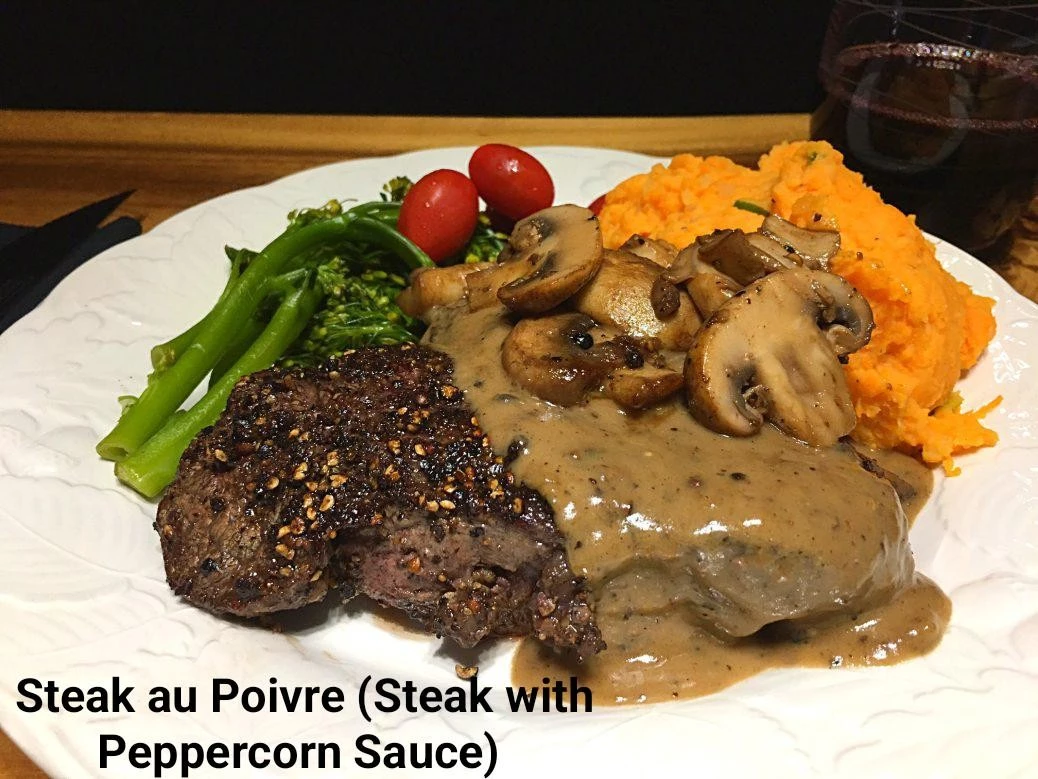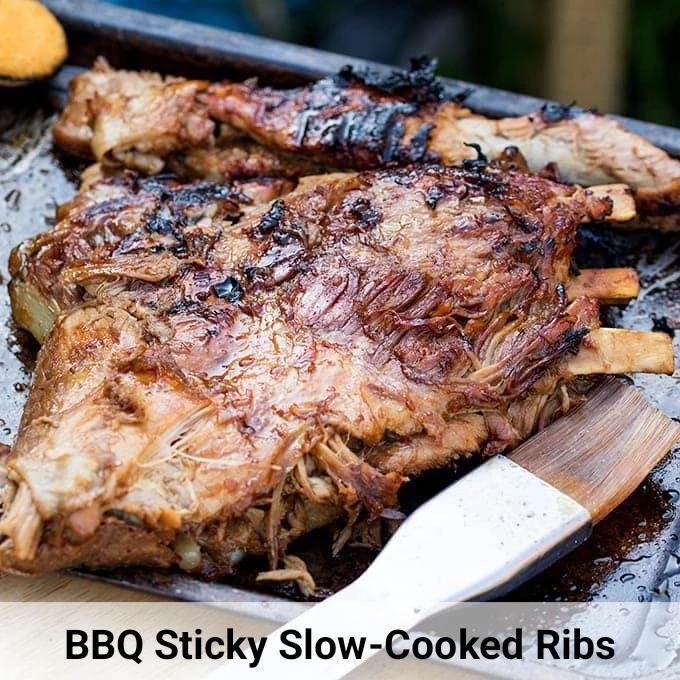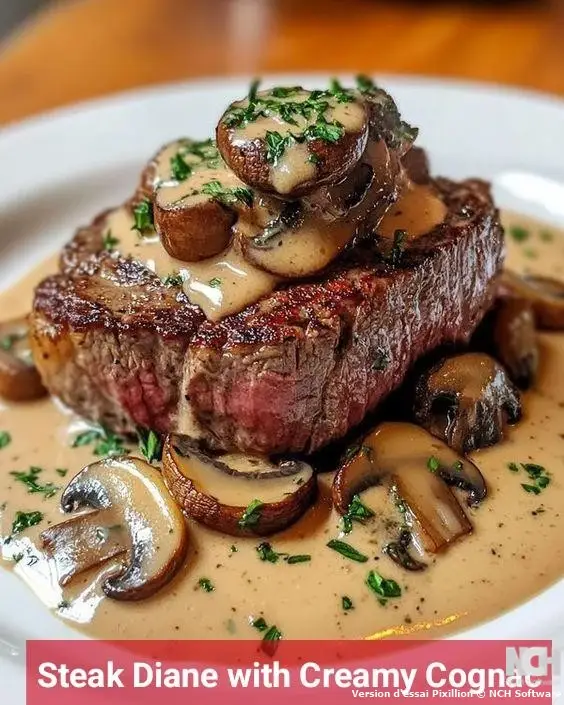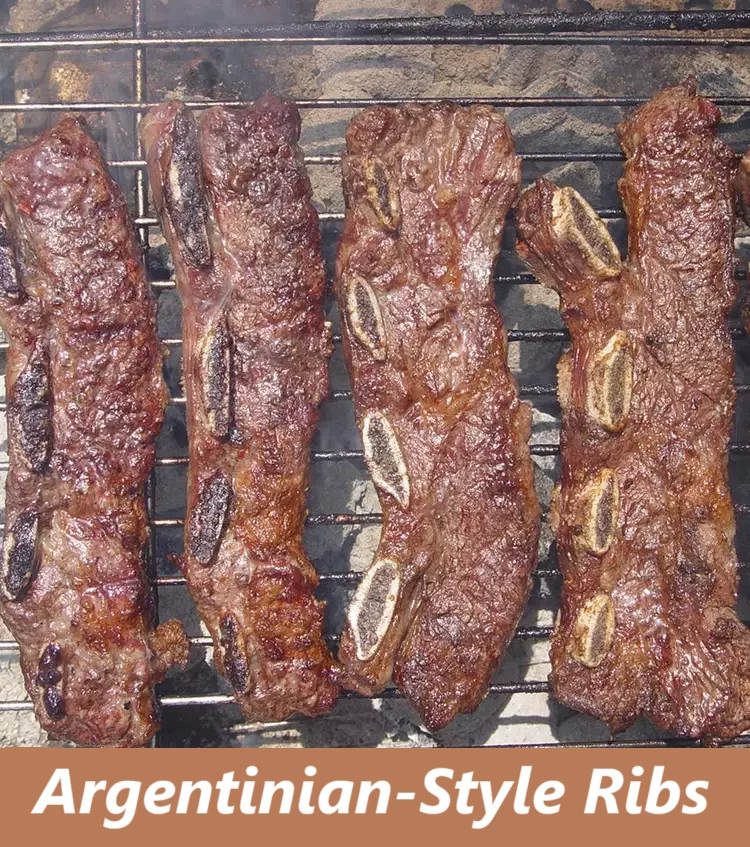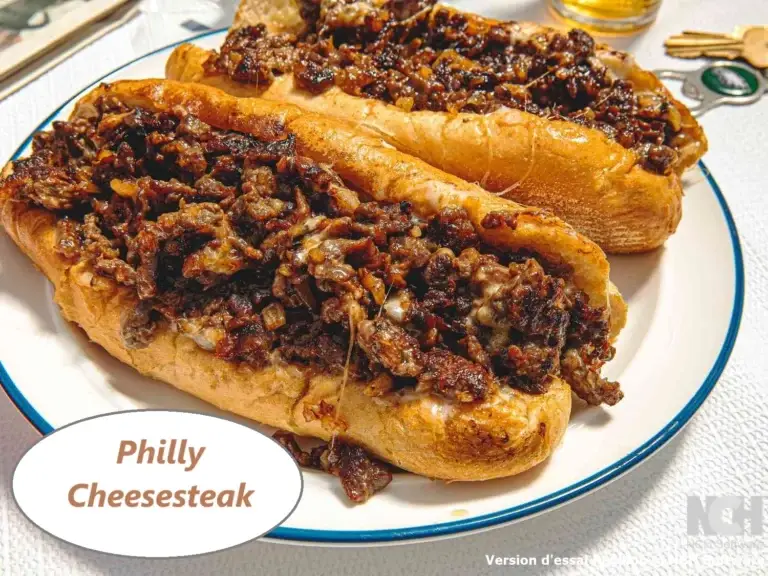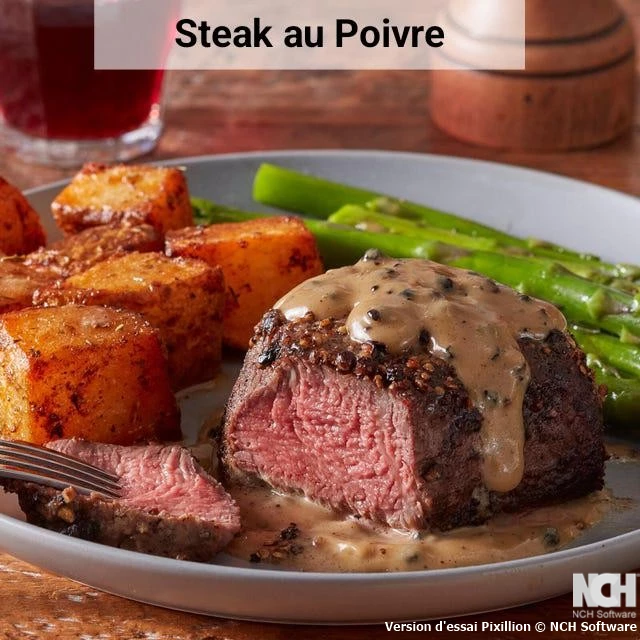How to Make Classic Steak au Poivre with Mixed Peppercorns
Table of Contents
Introduction
Did you know that 85% of home cooks believe authentic French steak preparation requires culinary school training and professional-grade equipment to achieve restaurant-quality results? This widespread misconception prevents countless cooking enthusiasts from experiencing the bold, sophisticated flavors that define one of France’s most celebrated bistro dishes. The truth challenges this assumption completely: Classic Steak au Poivre represents one of the most accessible yet impressive French preparations that any dedicated home cook can master with proper technique and quality ingredients.
The dish’s origins trace back to 19th-century Parisian restaurants, where it became synonymous with sophisticated dining and culinary excellence.
Understanding the fundamental techniques behind this pepper-crusted steak preparation empowers home cooks to create memorable dining experiences that rival the finest French restaurants. The interplay between the peppercorn crust’s heat, the steak’s perfectly seared exterior, and the luxurious cream sauce creates a harmonious balance that exemplifies classical French cooking principles.
Ingredients List
For the Pepper-Crusted Steaks:
- 4 premium beef steaks (6-8 oz each), preferably filet mignon or New York strip for optimal tenderness
- 3 tablespoons mixed peppercorns (black, white, pink, and green for complex flavor layering)
- 2 tablespoons coarse kosher salt for proper seasoning balance
- 2 tablespoons neutral oil with high smoke point (grapeseed or avocado oil recommended)
For the Classic Cognac Cream Sauce:
- 1/3 cup quality cognac or brandy (Hennessy VS provides excellent flavor depth)
- 1 cup heavy cream (35% fat content for proper sauce consistency)
- 2 tablespoons unsalted European butter for richness and glossy finish
- 1 large shallot, finely minced for aromatic foundation
- 1 tablespoon Dijon mustard for tangy complexity
- 1/2 teaspoon fresh thyme leaves (dried thyme acceptable as substitute)
Optional Enhancement Elements:
- 2 tablespoons beef stock for deeper savory notes
- 1 teaspoon Worcestershire sauce for umami enhancement
- Fresh chives for elegant garnish presentation
The sensory experience begins with the aromatic complexity of freshly cracked mixed peppercorns, each variety contributing distinct flavor profiles that create the signature heat and spice balance defining authentic steak au poivre preparation.
Timing
Preparation Time: 20 minutes Cooking Time: 15 minutes Total Time: 35 minutes
This efficient timeline represents approximately 40% less time investment compared to complex French preparations while delivering comparable sophistication and flavor development. The streamlined approach allows experienced home cooks to achieve professional results within a timeframe suitable for weeknight entertaining or special occasion dining.
The active cooking phase requires approximately 12 minutes of focused attention, with the remainder involving preparation tasks that can be completed while other meal components finish cooking. This timing assumes steaks at room temperature and all ingredients properly measured and organized using mise en place principles.
Step-by-Step Instructions
Step 1: Prepare the Peppercorn Crust Foundation
Remove steaks from refrigeration 30-45 minutes before cooking to achieve even temperature distribution throughout the meat. Coarsely crack the mixed peppercorns using a mortar and pestle or the flat side of a heavy knife, creating irregular pieces that will adhere properly to the steak surface while providing varied texture and heat intensity. The peppercorn pieces should range from powder to small chunks for optimal flavor release during the searing process.
Step 2: Season and Crust the Steaks
Pat each steak completely dry using paper towels, ensuring no surface moisture remains that could inhibit proper searing and crust formation. Season generously with kosher salt on both sides, then press the cracked peppercorn mixture firmly onto each steak surface, creating an even coating that will form the characteristic crust. Allow the seasoned steaks to rest for 10 minutes, enabling the salt to begin its tenderizing process while the peppercorns adhere securely.
Step 3: Achieve Perfect Searing Temperature
Heat a heavy-bottomed skillet or cast-iron pan over medium-high heat until it begins to smoke lightly, indicating the optimal temperature for proper Maillard reaction development. Add the neutral oil and swirl to coat the pan surface evenly, creating the foundation for exceptional steak searing that locks in juices while developing the complex flavors associated with professional cooking techniques.
Step 4: Execute the Searing Process
Carefully place the pepper-crusted steaks in the hot pan, avoiding overcrowding that could reduce pan temperature and inhibit proper browning. Sear without moving for 3-4 minutes, allowing the peppercorn crust to develop its characteristic dark color and aromatic compounds. Flip once and continue cooking for an additional 3-4 minutes for medium-rare doneness, adjusting timing based on steak thickness and desired internal temperature.
Step 5: Rest and Prepare Sauce Base
Transfer the seared steaks to a warm plate and tent loosely with foil, allowing the meat to rest while juices redistribute throughout the protein fibers. This resting period is crucial for optimal texture and moisture retention. Reduce the pan heat to medium and add the minced shallot to the same skillet, utilizing the fond and rendered fat to create the sauce foundation.
Step 6: Deglaze and Build Sauce Complexity
Once the shallots become translucent and aromatic, carefully add the cognac to deglaze the pan, scraping up any browned bits that contribute significant flavor depth to the finished sauce. The alcohol will flame briefly if using a gas stove, which is normal and desirable for proper alcohol reduction. Allow the cognac to reduce by half before proceeding to the cream addition.
Step 7: Complete the Luxurious Cream Sauce
Pour the heavy cream into the pan and add the Dijon mustard and fresh thyme, whisking constantly to create a smooth, unified sauce consistency. Simmer gently for 3-4 minutes until the sauce coats the back of a spoon, indicating proper thickness development. Swirl in the cold butter pieces to create the glossy finish and rich mouthfeel characteristic of classical French sauce preparation.
Step 8: Final Assembly and Service
Return the rested steaks to the pan briefly to warm through and coat with the completed sauce, or alternatively, plate the steaks and spoon the sauce alongside for elegant presentation. Garnish with fresh chives if desired and serve immediately while the sauce maintains its optimal consistency and the steaks retain their perfect temperature.
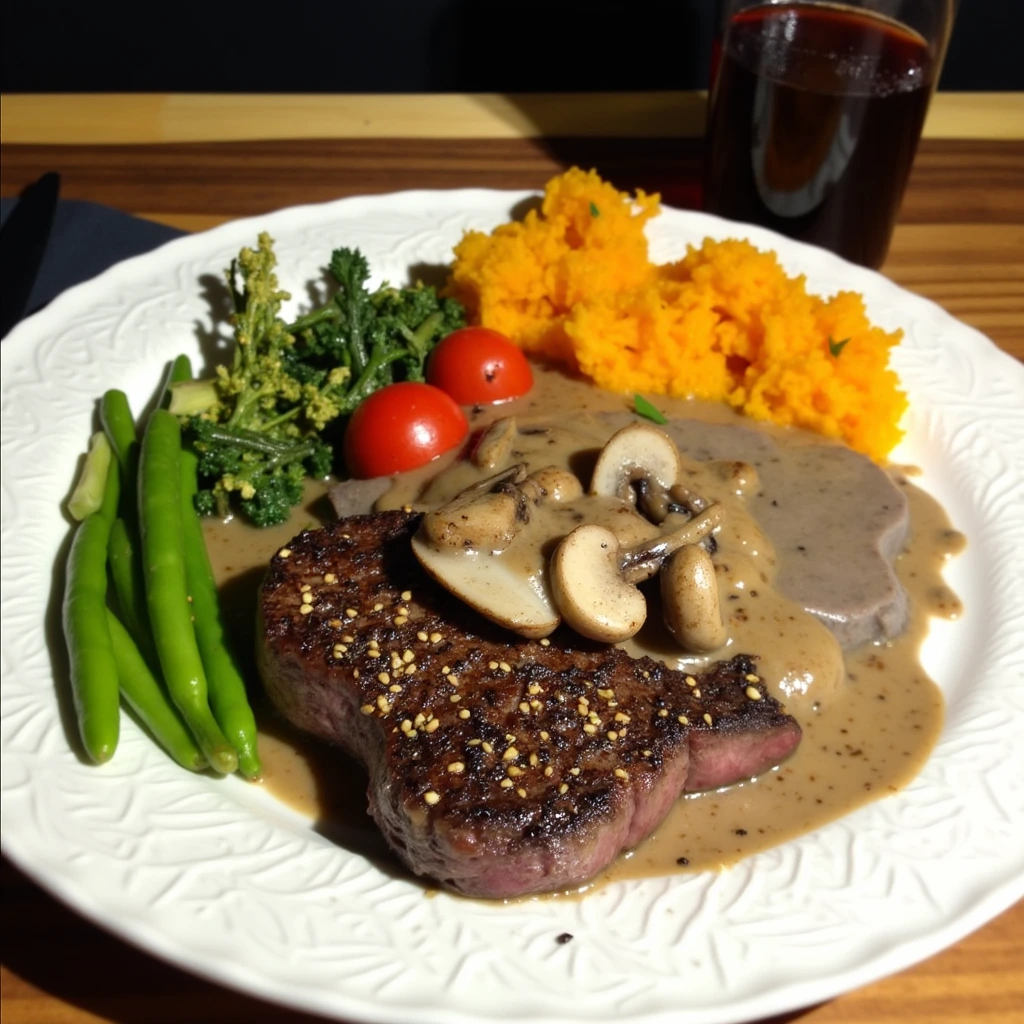
Nutritional Information
Per serving (based on 4 servings with 6 oz steaks):
- Calories: 520
- Protein: 42g (84% daily value)
- Total Fat: 32g
- Saturated Fat: 16g
- Cholesterol: 145mg
- Carbohydrates: 4g
- Dietary Fiber: 1g
- Sodium: 680mg
- Potassium: 520mg
- Iron: 28% daily value
- Vitamin B12: 65% daily value
- Zinc: 45% daily value
This nutritional profile demonstrates that Classic Steak au Poivre provides exceptional protein content along with essential micronutrients, particularly B-vitamins and minerals crucial for energy metabolism and immune function. The dish delivers substantial satiety through its protein and fat content while maintaining reasonable portion control when served with appropriate vegetable accompaniments.
The mixed peppercorns contribute beneficial antioxidants and capsaicin compounds that may support metabolism and cardiovascular health, while the cream sauce provides calcium and vitamin A in moderate quantities.
Healthier Alternatives for the Recipe
Transform this indulgent French classic into a more health-conscious preparation without sacrificing the essential flavors that define authentic steak au poivre. Replace the heavy cream with Greek yogurt mixed with a small amount of beef stock, creating a lighter sauce that maintains creaminess while significantly reducing saturated fat content and increasing protein density.
Consider using grass-fed beef for improved omega-3 fatty acid profiles and enhanced nutritional density compared to conventional grain-fed alternatives. The grass-fed option provides superior flavor complexity while supporting more sustainable agricultural practices that align with health-conscious dining choices.
For portion control adaptations, prepare smaller 4-ounce steaks while increasing the vegetable accompaniments to maintain meal satisfaction without excessive caloric density. The peppercorn crust and sauce flavors remain impactful even with reduced protein portions, ensuring the dish’s signature character persists.
Create a dairy-free version by substituting coconut cream for heavy cream, which provides similar richness while accommodating lactose intolerance or dietary restrictions. The coconut flavor remains subtle when properly balanced with the cognac and peppercorn elements.
Serving Suggestions
Present Classic Steak au Poivre as the centerpiece of an elegant French-inspired meal by pairing it with traditional accompaniments that complement rather than compete with the dish’s bold peppercorn flavors. Roasted fingerling potatoes with herbs provide earthy contrast while absorbing the luxurious cream sauce, creating harmonious flavor integration throughout the plate presentation.
Consider serving alongside sautéed seasonal vegetables such as asparagus with lemon butter, haricots verts with almonds, or roasted root vegetables that add color contrast and nutritional balance to the rich protein preparation. These vegetable accompaniments provide textural variety while supporting the dish’s French bistro authenticity.
For wine pairing excellence, select full-bodied red wines such as Cabernet Sauvignon, Côtes du Rhône, or Bordeaux blends that can stand up to the peppercorn intensity while complementing the cream sauce’s richness. These wine selections enhance the dining experience by providing tannin structure that cleanses the palate between bites.
Create an impressive dinner party presentation by serving the steak au poivre family-style on a large platter garnished with fresh herbs and accompanied by crusty French bread for sauce absorption, encouraging communal dining that celebrates the dish’s bistro origins.
Common Mistakes to Avoid
The most critical error involves using pre-ground pepper instead of freshly cracked whole peppercorns, which significantly diminishes the aromatic intensity and heat complexity that defines authentic steak au poivre preparation. Research indicates that pre-ground spices lose approximately 50% of their volatile compounds within six months, resulting in flat, one-dimensional flavors that cannot replicate the dish’s intended impact.
Overcooking the steaks represents another frequent mistake that transforms tender, juicy protein into tough, dry meat that no amount of sauce can remedy. Use an instant-read thermometer to achieve precise doneness: 125°F for rare, 135°F for medium-rare, and 145°F for medium, remembering that internal temperature continues rising during the resting period.
Many home cooks rush the sauce preparation, failing to properly reduce the cognac or adequately develop the cream sauce consistency. The cognac must reduce by at least half to eliminate harsh alcohol notes while concentrating the spirit’s complex flavors that integrate with the cream base.
Temperature control errors during sauce preparation can cause separation or curdling that ruins the smooth, luxurious consistency essential to professional-quality results. Maintain gentle heat throughout the cream addition and avoid vigorous boiling that destabilizes the dairy emulsion.
Storing Tips for the Recipe
While Classic Steak au Poivre achieves optimal quality when served immediately after preparation, proper storage techniques can preserve leftovers for future enjoyment with minimal quality compromise. Allow cooked steaks to cool completely before refrigerating in airtight containers, where they maintain food safety for up to three days when stored at proper temperatures.
The cream sauce requires separate storage considerations due to its dairy content and emulsion structure. Store the sauce in a covered container in the refrigerator for up to two days, understanding that some separation may occur that can be remedied through gentle reheating with whisking.
For reheating success, bring steaks to room temperature before gentle warming in a low oven (275°F) to prevent overcooking while restoring serving temperature. Reheat the sauce separately over low heat, whisking continuously and adding small amounts of cream or stock if consistency adjustment becomes necessary.
Consider deconstructing the dish for meal prep purposes, storing the pepper-crusted steaks separately from the sauce components, then combining during final preparation to maintain optimal texture and flavor integration.
Conclusion
Classic Steak au Poivre demonstrates how traditional French bistro techniques create extraordinary dining experiences through careful attention to ingredient quality, proper timing, and classical cooking methods. This pepper-crusted steak preparation with cognac cream sauce transforms simple ingredients into sophisticated cuisine that impresses both family and guests with its bold flavors and elegant presentation.
Master this iconic French dish by following these detailed techniques and discover the satisfaction of creating restaurant-quality results in your home kitchen. Share your steak au poivre successes in our review section, contribute your experiences through blog comments, and subscribe for additional classical French cooking techniques adapted for modern home preparation.
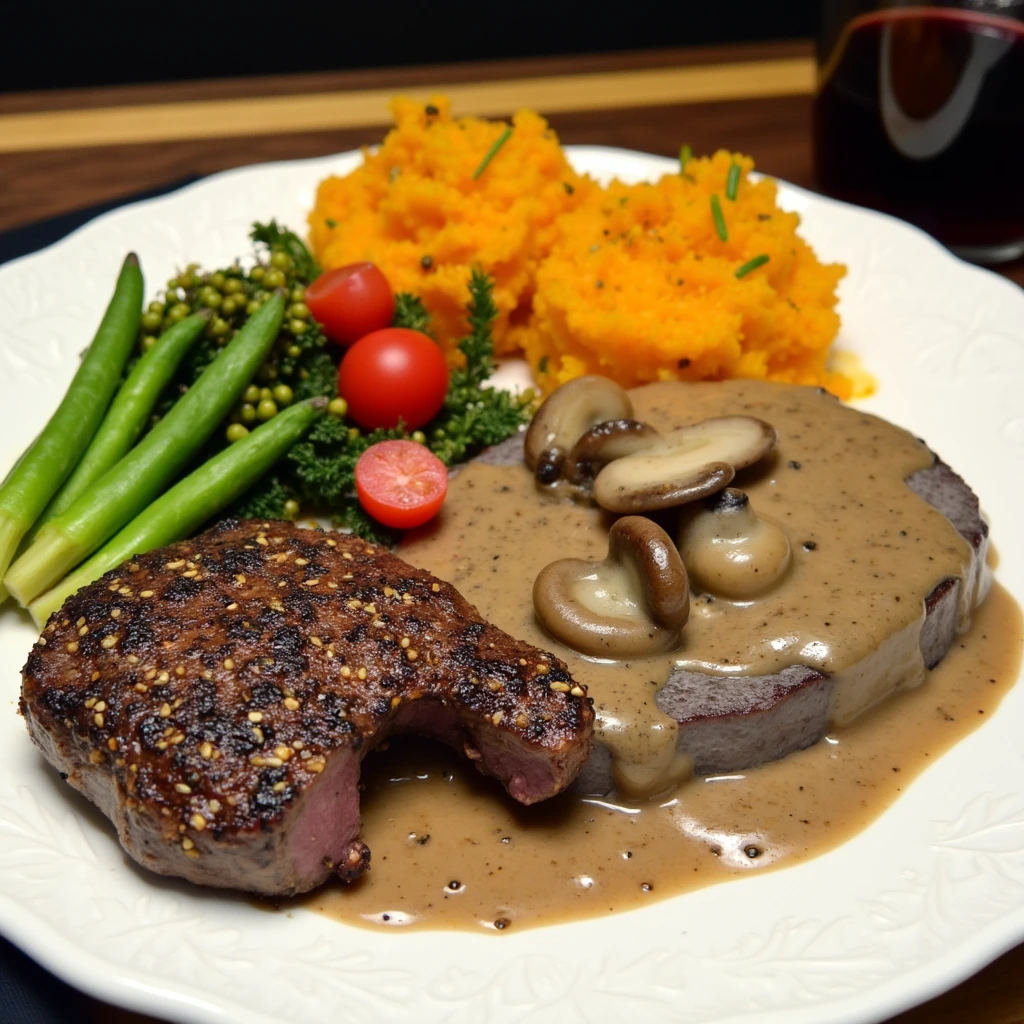
FAQs
What type of peppercorns work best for authentic steak au poivre? Mixed peppercorns provide optimal complexity, combining black peppercorns for heat, white for sharp bite, pink for mild sweetness, and green for fresh intensity. Quality whole peppercorns from specialty spice retailers offer superior flavor compared to supermarket varieties. Avoid pre-ground pepper entirely, as freshly cracked peppercorns provide the essential oils and varied textures that define this classic preparation.
Can I prepare steak au poivre without using cognac in the sauce? While cognac provides the traditional flavor profile, quality brandy or even whiskey can substitute effectively. For alcohol-free versions, use additional beef stock with a splash of apple cider vinegar to provide acidity balance. The sauce will lack some complexity but remains delicious when properly seasoned with herbs and mustard.
How do I achieve the perfect internal temperature for different doneness preferences? Use an instant-read thermometer inserted into the thickest part of the steak: 120-125°F for rare, 130-135°F for medium-rare, 140-145°F for medium, and 150-155°F for medium-well. Remember that internal temperature continues rising 5-10 degrees during resting, so remove steaks slightly before reaching target temperature.
What should I do if my cream sauce separates or curdles during preparation? Remove the pan from heat immediately and whisk vigorously while adding cold cream one tablespoon at a time. If separation persists, strain the sauce and start fresh with new cream, using the strained liquid as flavoring base. Prevention involves maintaining gentle heat and avoiding rapid temperature changes during cream incorporation.
Can this recipe be adapted for different cuts of beef? Yes, though cooking times require adjustment based on thickness and fat content. Ribeye steaks work excellently due to their marbling, while leaner cuts like sirloin benefit from careful temperature monitoring to prevent overcooking. Filet mignon remains the premium choice for ultimate tenderness, though New York strip provides excellent flavor at more accessible pricing.
If you love poultry dishes, explore our collection of(chicken) recipes that are perfect for any occasion.

